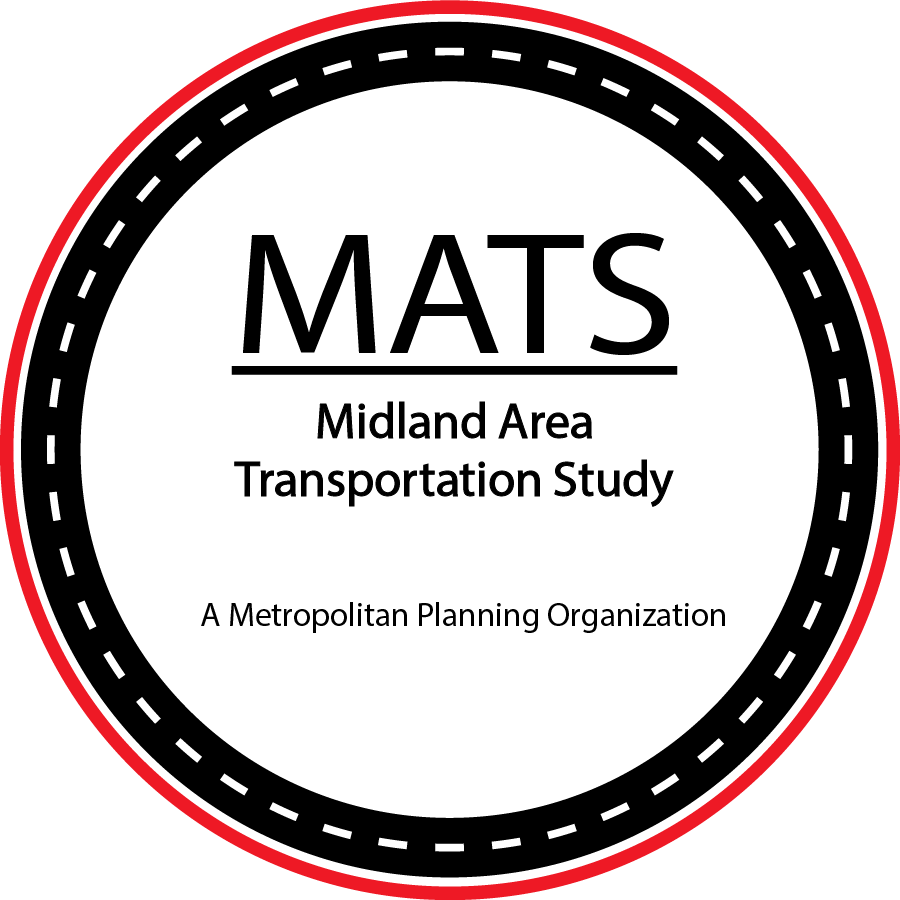Eric Guthrie, Michigan’s State Demographer December 19, 2018
Today the U.S. Census Bureau released the vintage 2018 national and state population estimates. These estimates add 2018 to the estimate series and recalculate the previous estimates released since the most recent decennial census in 2010.
Michigan displayed a population increase again in 2018, up by over 19,000 to 9,995,915. Michigan has displayed population additions in each of the last seven releases. The state has also recorded in 2018 the second positive net migration estimate in as many years. This seems to indicate a reversal of the trend of negative net migration, which up until last year’s release, had been estimated since before 2001.
Estimates Highlights
While the overall 2018 population advance in Michigan was fairly small, up by 0.2 percent, it was the second largest numeric population addition this decade, after last year’s increase. With the recent gains in population, the state will likely exceed the 10 million mark in 2019, based on recent trends.
Overall, the population of Michigan has increased by 1.2 percent since 2010, a relatively small gain. Michigan is still not back to the peak population registered in the last decade, but continued progress will possibly allow the state to surpass the 2004 peak sometime in the next decade.
The release of the population estimates for Michigan includes measures in addition to the total population. The population estimates also provide percent population change over the period, between the most recent years, and the components that go into the production of population estimates.
While Michigan has seen population increases over the last several years, those gains have been small and constrained by negative net migration. Those estimates of negative net migration have been revised to some degree and have lessened the loss that was estimated for previous years. With those changes, the state is now estimated to have registered population advances each year since 2010. This is a change from the previous series where the population had been estimated to have declined in 2011.
It is good news that Michigan’s estimates of net migration have improved, but it is important to note that the reason Michigan’s migration has become positive is due to international migration. Michigan is still losing people to other states, but the state’s international migration is outpacing the losses from domestic migration. Michigan is an attractive location for international migrants, but migration can change quickly, and international migration is especially susceptible to change based on external factors.
For more Information
These estimates are available through the U.S. Census Bureau and are available on their population estimates page and through their data retrieval tool, American FactFinder. Data on a wide variety of topics are also linked directly from our website, www.milmi.org/population.

